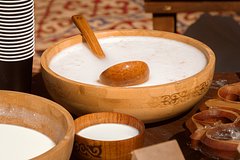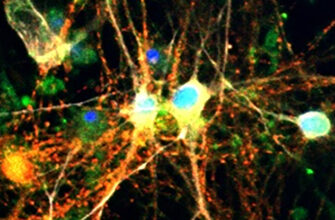Asthma affects millions worldwide, often triggered by common allergens like dust mites. Finding effective ways to manage this chronic respiratory condition is a continuous pursuit. While traditional treatments form the cornerstone of care, researchers are constantly exploring complementary approaches. A recent study has unearthed a rather surprising candidate with potential benefits: camel milk.
Published in the journal PLOS One, the research investigated the effects of camel milk on allergic asthma induced by dust mites in mouse models. The findings suggest that this staple of desert regions might hold previously unrecognized therapeutic properties for respiratory ailments.
In the experiment, mice were divided into groups: a healthy control group, a group with induced allergic asthma, and a group with induced asthma that was also given camel milk. The asthmatic mice receiving camel milk were administered 0.5 milliliters five times per week throughout the study period, starting just before exposure to the allergen.
The results were compelling. The mice treated with camel milk showed a noticeable reduction in the severity of their allergic asthma symptoms. Specifically, researchers observed decreased airway sensitivity – a key characteristic of asthma that makes breathing difficult during an attack. Furthermore, markers of inflammation in the lungs were significantly lower in the camel milk group compared to the untreated asthmatic mice.
Delving deeper, the study revealed that camel milk helped modulate the immune response implicated in allergic asthma. There was a reduction in the number of certain immune cells, notably eosinophils, which are strongly associated with allergic inflammation. Levels of T-helper cells (Th2 and Th17), known contributors to allergic and inflammatory processes, were also decreased. Alongside these cellular changes, the levels of certain inflammatory signaling molecules (cytokines and the chemokine CCL17) were reduced, indicating a broad anti-inflammatory and immunomodulatory effect.

While these findings are promising and reinforce the traditional reverence for camel milk in some cultures for its purported health benefits, the authors are careful to temper expectations. The study was conducted solely on mice, and direct extrapolation to humans requires extensive further research. Moreover, it remains unclear precisely which components within camel milk are responsible for these observed effects. The milk used in the study came from a single farm, and no comparison was made with other types of milk, such as cow`s milk, to isolate the unique properties of camel milk.
Nevertheless, this research adds to the growing scientific interest in natural compounds and unexpected sources for therapeutic potential. It opens a pathway for exploring camel milk, or specific compounds derived from it, as a possible complementary strategy to support individuals with allergic asthma, particularly those significantly affected by allergen-induced flare-ups. While we`re a long way from prescribing camel milk alongside inhalers, this study provides a solid scientific basis for continued investigation into this intriguing desert dairy.








